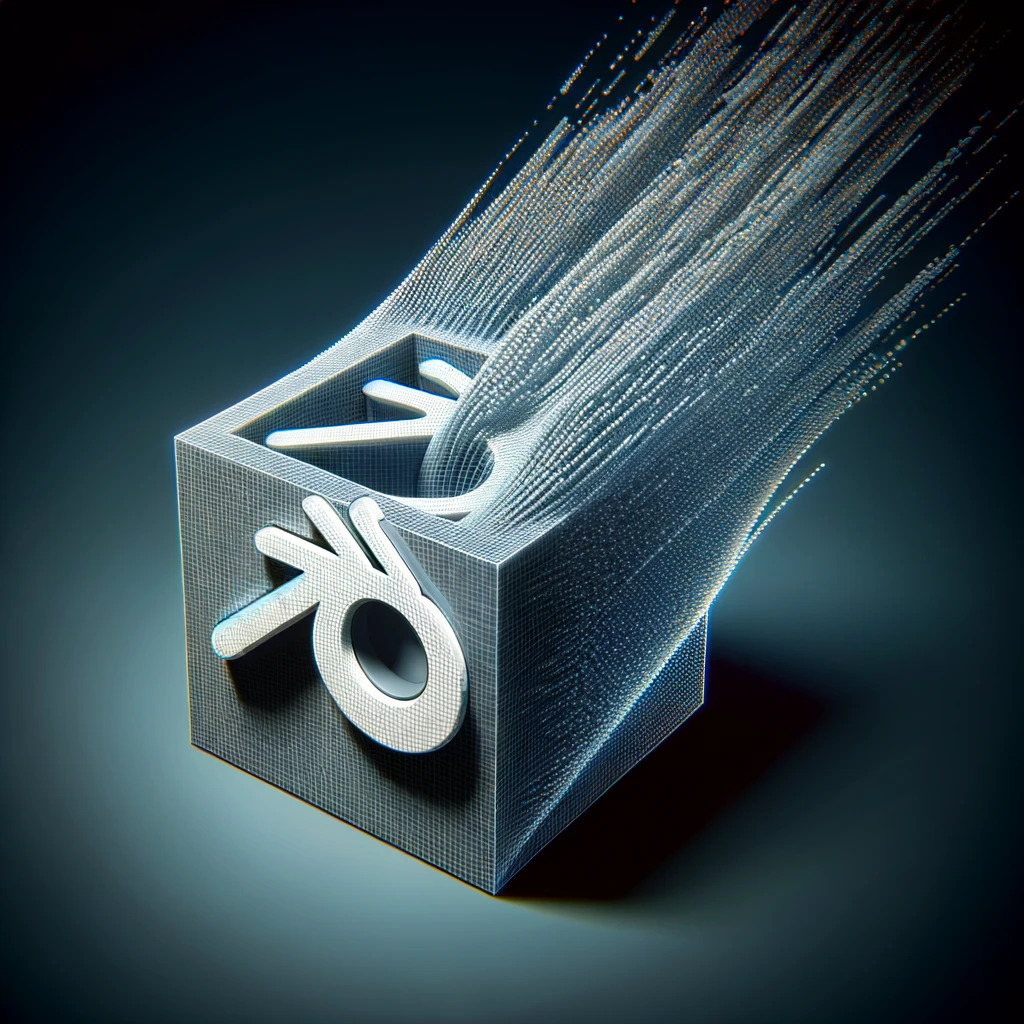In the preceding weeks, my digital stream has been deluged with a sequence of eye-catching multimedia featuring the emergent term “GAUSSIAN SPLATTING”! Upon encountering this, my response was unequivocally logical – I was incensed. What fresh jargon is this? My initial reaction was a little surprise
Over the past several years, my intellectual curiosity has been sated with an array of technological advancements such as NERFs, Generative AI, Neural Rendering, Deep Learning Upsampling, SDK Modeling, and various digital asset formats like GLBs, GTLFs, USD, USDa, USDc, and USDz.
Let’s embark on this exploration.
What is 3D Gaussian Splatting?
3D Gaussian Splatting, also termed GSplats, is an innovative approach to constructing intricate 3D environments utilizing a myriad of color dots at different distances on the screen as a point cloud style, with the difference that those points when forming a surface can reflect lights in real time, not like static points, thus making it a great candidate technology for realtime rendering. It initiates with the assimilation of visual data depicting diverse perspectives around the scene The software interprets this data to fabricate a 3D cloud point of the scene with very realistic results
Not precisely the same as Photogrammetry, it transmutes a collection of images into a conventional polygon-based 3D model, complete with material attributes for compatibility with other 3D software solutions, Gaussian Splatting leverages said data to cultivate a point cloud or radiance field, encoding comprehensive details for image generation.
Does Gaussian Splatting essentially employ a radiance field for image synthesis like NERF ?
Well, both technologies share similarities; however, a notable distinction exists. Gaussian splats are static entities. In contrast, NeRFs can extrapolate additional spatial information through machine learning algorithms, beyond what the source imagery provides.
Are NeRFs superior?
Not really. Gaussian Splatting boasts several benefits in comparison to NeRFs:
- Computationally is less intensive and more rapid, devoid of machine learning processes.
- Resultant data files are typically more compact and easier to archive.
- With two decades of research and no reliance on machine learning, outcomes tend to be more consistent.
NeRF Rendering by Michael Rubloff What are NeRFs’ advantages?
NeRFs capitalize on machine learning to extrapolate and render additional spatial information not present in the source imagery.They facilitate camera movements and capture vistas inaccessible to even drone operators.
Could they supplant Photogrammetry?
Gaussian Splatter with the recent support from Polygon APP and Luma App can become a useful aid in Photogrammetry NeRFs and Gaussian Splats do not generate polygonal 3D models, thus rendering them unsuitable for integration within film or video game production pipelines where polygonal data is requisite. Moreover, altering the texture maps of photogrammetry scans to edit the captured object is more feasible than modifying radiance field data.
Both NeRFs and Gaussian Splats excel in capturing objects with transparent or reflective properties—subjects where photogrammetry typically misses results. Although not ideal for 3D production workflows, they are exceptionally suited for crafting background visuals within a virtual production setting.
Conclusion
Despite initial reluctance of th emarket to embrace novel concepts, Gaussian Splats are on the way to become the facto standard for acquiring 3D scenes and objects and allowing realtime rendering for uses in professional applications and video games. You can check it out in the following video.
Blender Plug-in
Also in the following link for Blender Add-on, ENJOY !!
https://github.com/ReshotAI/gaussian-splatting-blender-addon
